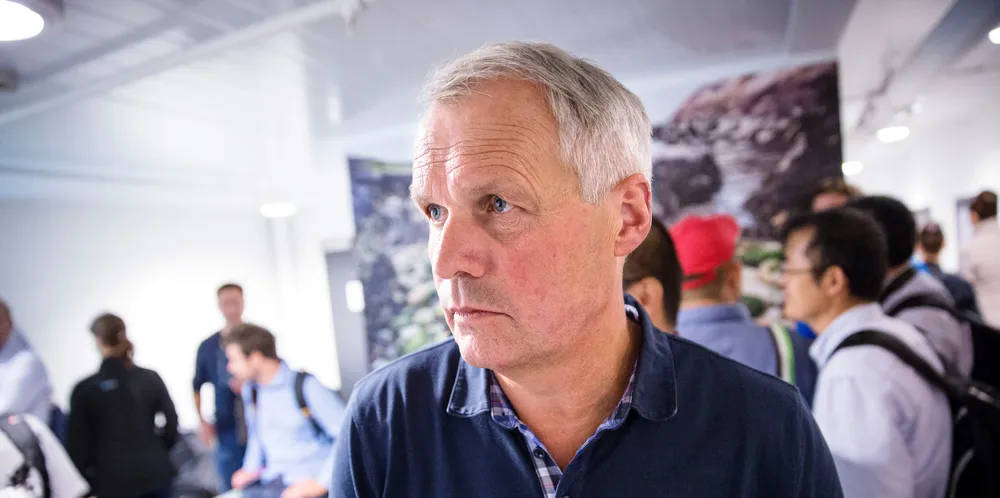SalMar CEO: Offshore and coastal salmon farming go 'hand-in-hand'
It would be a shame if Norway takes a back seat while other countries are spending billions on developing land-based and offshore projects, says Gustav Witzoe.

It would be a shame if Norway takes a back seat while other countries are spending billions on developing land-based and offshore projects, says Gustav Witzoe.
